[ad_1]
I’ve written about how to build a checkout library for children and households before in Creating a Children’s Lending Library for Your Church: Where To Start and Creating a Children’s Lending Library for Your Church: Frequently Asked Questions. While both of these articles have offered practical advice, in this article I offer specific insight into the thought process that we used at The Church of the Holy Family in Chapel Hill, North Carolina to select titles for our Theological Library for Young Children. I also highlight some of our favorite picks as a starting point for your library.
Choosing Books
Picture books are at the center of our library. Here are the main things we look for in choosing books for our community:
Themes of Christian Scripture, Tradition, Life, or Worship
For our checkout library, all of the books engage intentionally and directly with the words and themes of Christian scripture, tradition, life, or worship. This is not the only way to approach the task of building a library for the church. A number of “secular” books can be used to teach or illustrate themes, stories, or ideas, and you may choose to do exactly that. Our library offers resources for households to use at home for formation, so I focus on texts that teach the Christian language system, titles that households might not otherwise know how to select or may not keep on their shelves.
Avoiding Didactic Teaching
While I look for books which deal explicitly with themes important to our parish, I avoid books with didactic teaching and “moral of the story” endings.
Attention to Beauty
I look for beautiful, playful, poetic, and inviting representations of the faith we share. I want all of our books to share something of the mysterious gift that people experience of being received by Jesus Christ and as members of the church. Therefore, our books have a tangible sense of invitation and delight in being received.
A Starting Point: 20 Suggestions
Below are the titles with which I might begin if I were starting a library from scratch. They are in no particular order. The list is nowhere near comprehensive. Our current library has books that cover Old and New Testament stories, including stories of Jesus’s ministry and teaching and some underutilized yet important stories of scripture. We have books that cover saints, including some in the Episcopal Church, as well as prayer and church seasons. We have hardcover, paperback, and even board books. This list is just where I would start!
The following list is also a great resource for folks who are looking for gift ideas for a new baby or godparent. This Amazon wishlist is a quick resource to order the books shared and reviewed in this article. I do not receive any money; it is simply an easy and shareable resource for you.
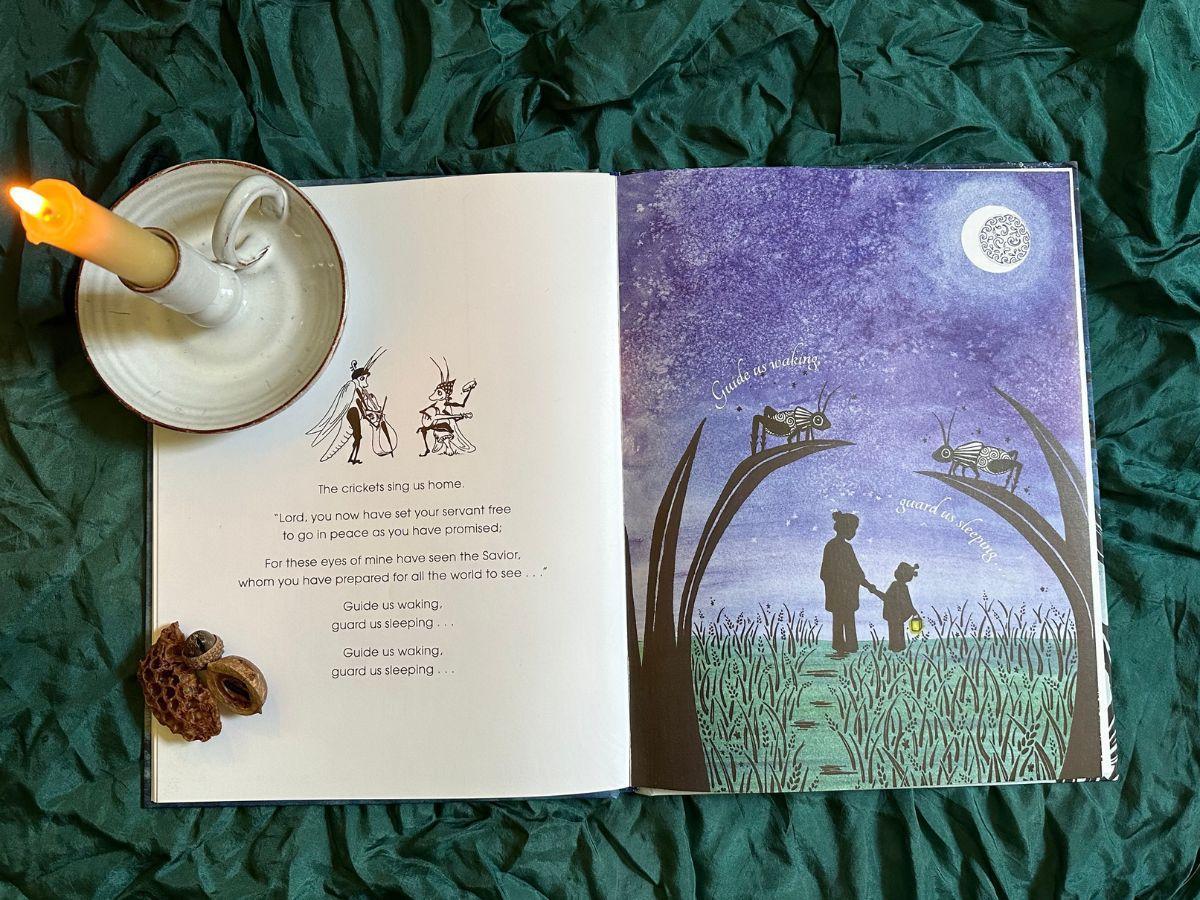
1. Candle Walk: A Bedtime Prayer to God by Karin Holsinger Sherman (Church Publishing, 2019) follows Compline from the 1979 Book of Common Prayer. I love this book about a young child who walks through the world as night falls saying goodnight to the world while praying Compline. This book brings life to the psalmist’s proclamation that “the heavens are telling the Glory of God.” I would love to see books for all of the hours represented.
2. He’s Got the Whole World in His Hands by Kadir Nelson (Penguin Young Readers Group, 2005) is sure to be a classic on your shelf! It is simply the words of the song “He’s Got the Whole World in His Hands.” To me, the appeal is simple: Children love this song, and Kadir Nelson offers some of the most beautiful illustrations.
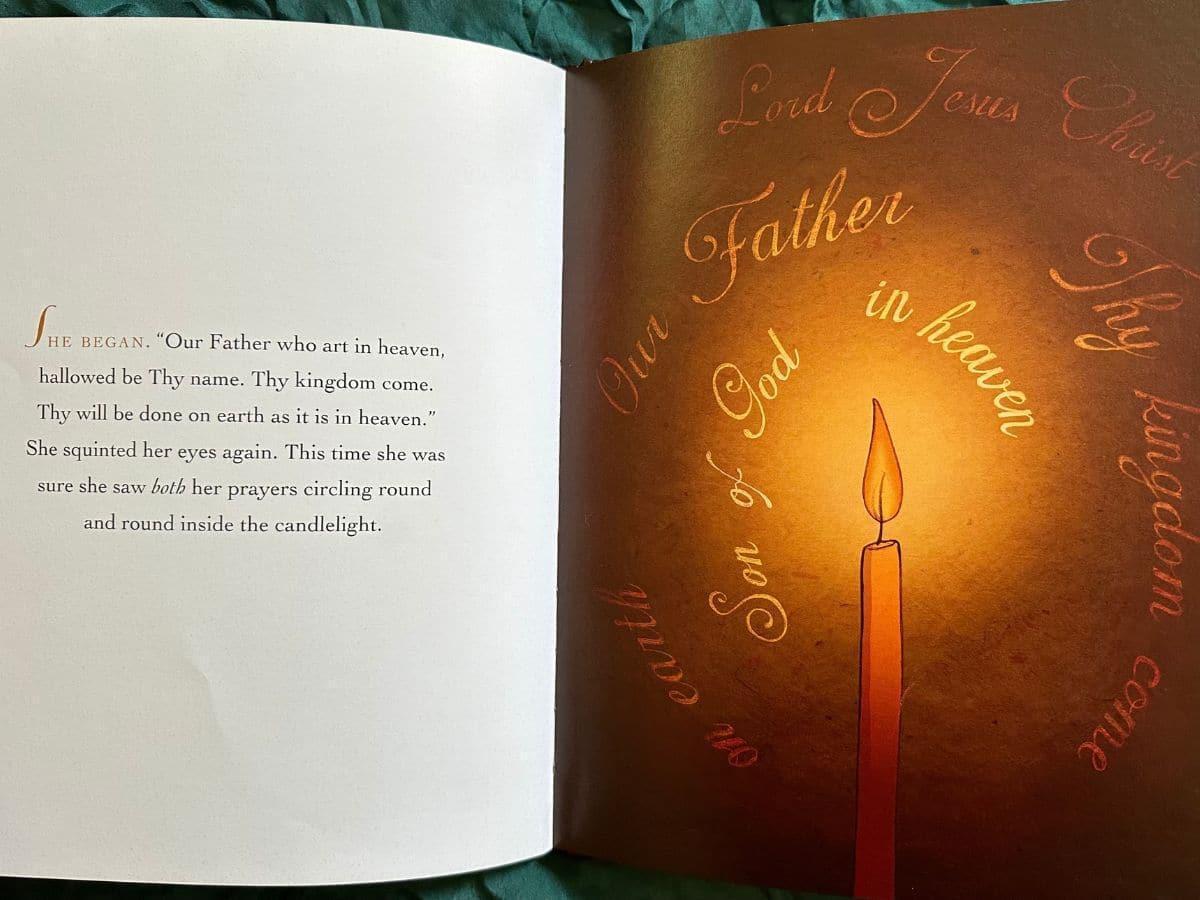
3. In the Candle’s Glow by Elisabeth Crispina Johnson, illustrated by Amandine Wanert (Ancient Faith Publishing, 2017) shares a similar theological claim to Candle Walk as well as a sense of the mystery that in prayer we are in communion with God. The book follows the collection of beeswax at a monastery, the making of candles, and one young girl’s prayers at church.
4, 5, 6. Look: A Child’s Guide to Advent and Christmas by Laura Alary, illustrated by Ann Boyajian (Paraclete, 2017), Make Room: A Child’s Guide to Lent and Easter
by Laura Alary, illustrated by Ann Boyajian (Paraclete, 2016), and Breathe: A Child’s Guide to Ascension, Pentecost, and The Growing Time by Laura Alary, illustrated by Cathrin Peterslund (Paraclete, 2021): These three books make up Laura Alary’s series on the church year. This series works through seasons of the church year describing what is happening in scripture, the church’s worship and liturgy, and practices at home. Due to length, the series is particularly wonderful and recommended for older children. Honorable mention goes to Alary’s Read, Wonder, Listen: Stories from the Bible for Young Readers, illustrated by Ann Sheng (Wood Lake Publishing, 2017), a children’s Bible which I have in all of our Sunday School classrooms.
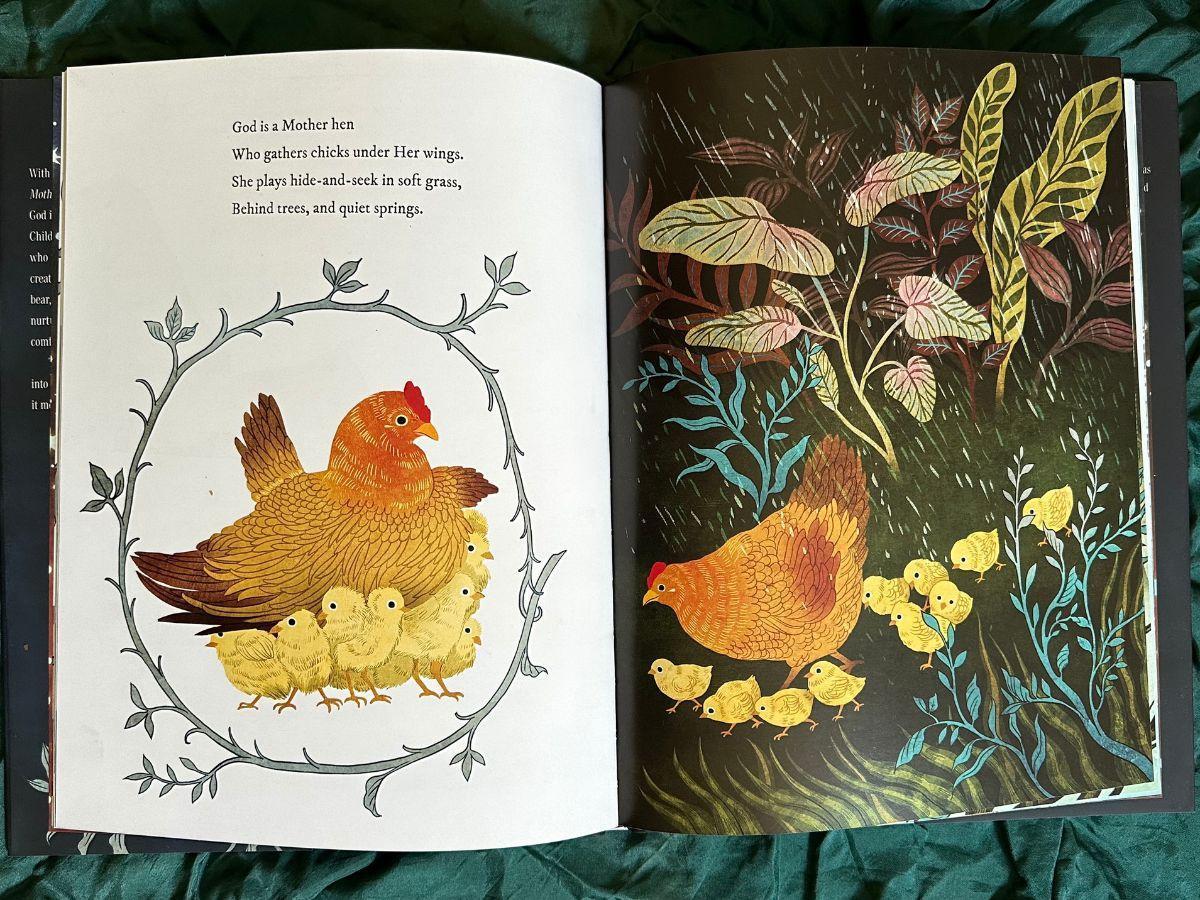
7. Mother God by Teresa Kim Pecinovsky, illustrated by Khoa Le (Beaming Books, 2022) is a newer book that explores the images of God as woman and mother found in scripture. It’s hard to overestimate how much this book is needed in religious education settings and how well the task has been accomplished here. There is a companion guide and coloring book available for free on Kim Pecinovsky’s website (linked here on her FAQ page). It has all of the scriptural references mentioned in the book. I suggest printing the coloring book out and placing it on the shelf with the book as an invitation to households.
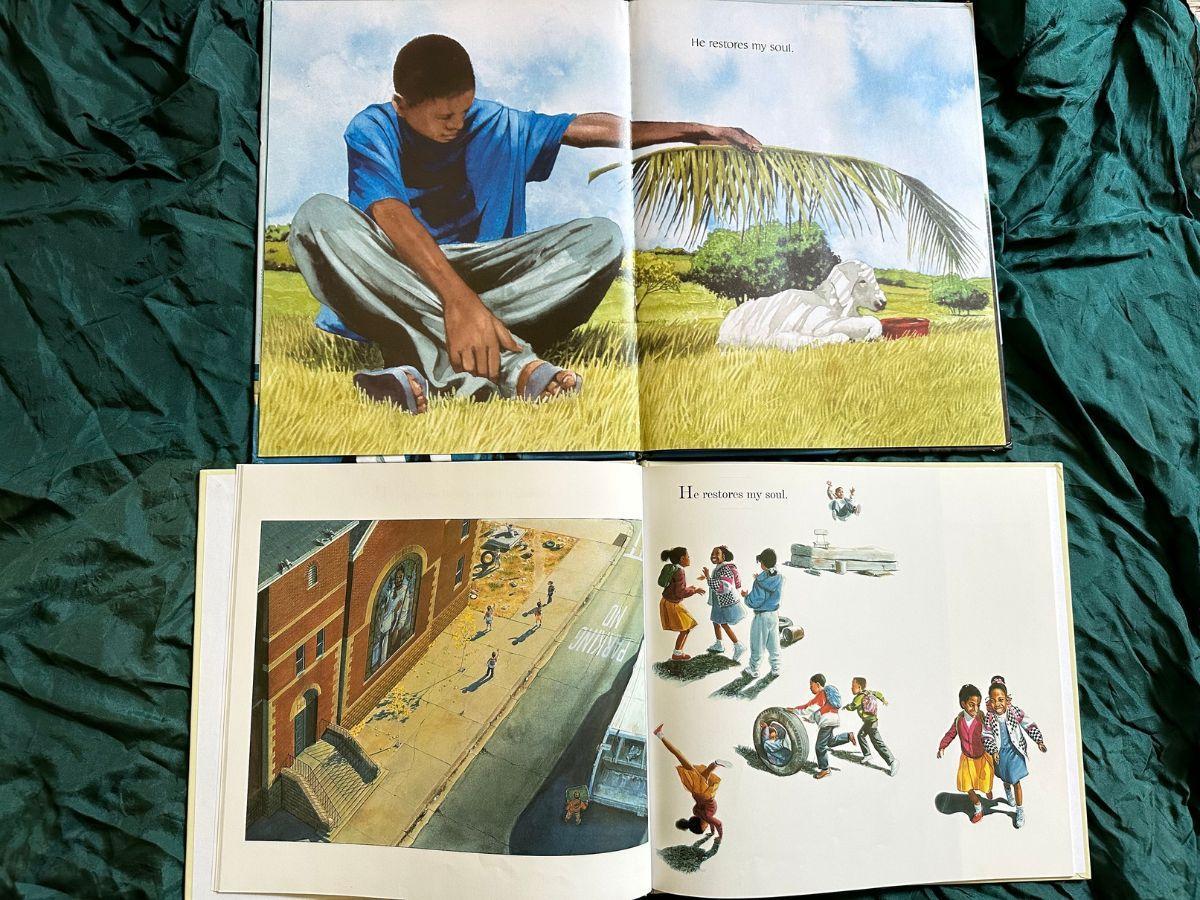
8, 9. Psalm Twenty-Three, illustrated by Tim Ladwig (Eerdmans, 1997) and Psalm 23, illustrated by Barry Moser (Zonderkidz, 2008): These are both illustrated versions of Psalm 23, but they take different approaches. Ladwig’s version is placed in an urban setting, and Moser’s is placed in a pastoral setting. I love looking at these books side by side and inviting children to illustrate their own book of Psalm 23. This is a project that might take a lot of time. One year we spent the autumn term creating our own illustrated Psalm 23 books. These books are especially fitting when put alongside the Godly Play story “The Parable of the Good Shepherd.” The second of these is out of print, but worth purchasing used.
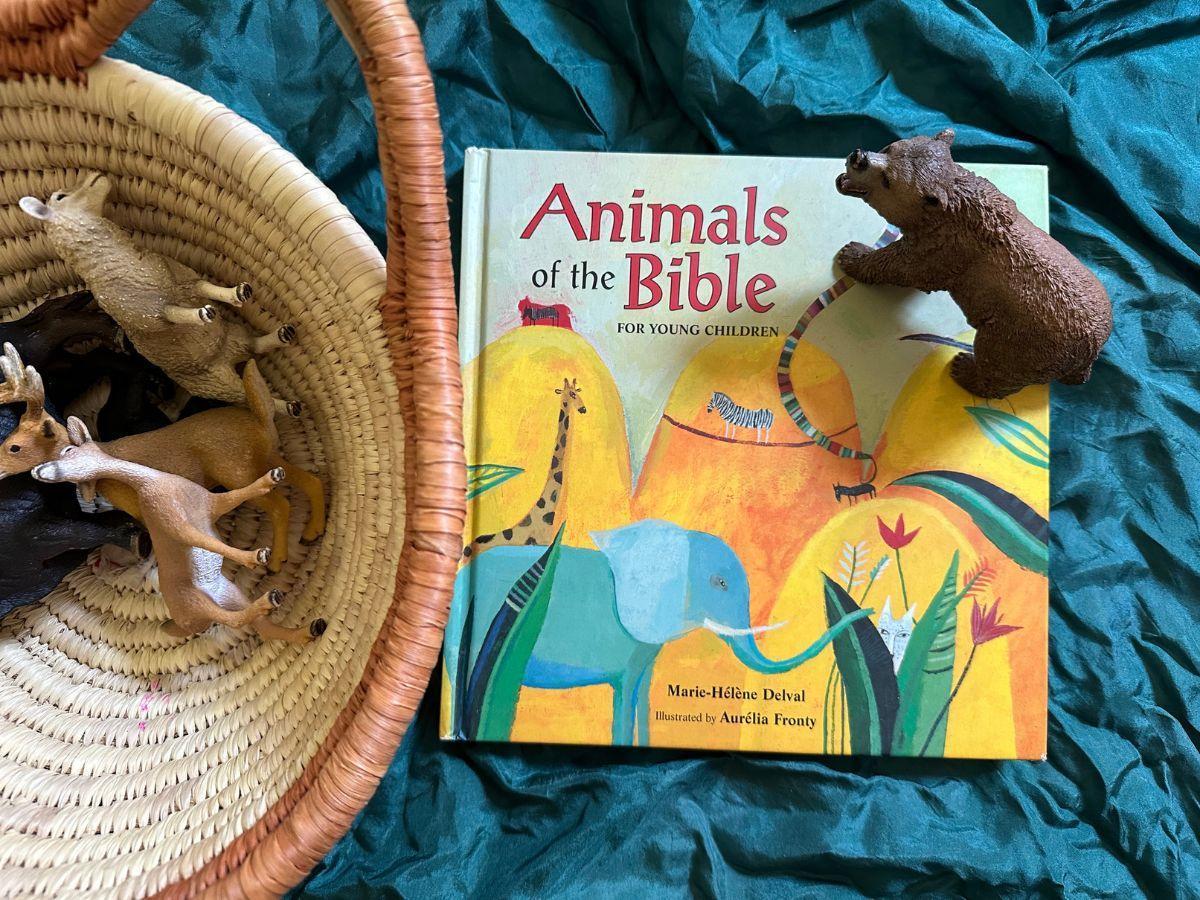
10, 11. Psalms for Young Children by Marie-Hélène Delval, illustrated by Arno (Eerdmans, 2008) and Images of God for Young Children by Marie-Hélène Delval, illustrated by Barbara Nascimbeni (Eerdmans, 2010): The first is a selection of abbreviated psalms, one psalm per spread with most illustrated. Psalms is lovely for young children who are new to the book of Psalms or a household looking for an accessible way to pray with toddlers or preschoolers. The second title consists of images of God found throughout scripture with citations included. An honorable mention here goes to Delval’s Animals of the Bible for Young Children, illustrated by Aurélia Fronty (Eerdmans, 2010), which follows a similar form to Images and is quite well paired with a basket of replica animals for young children or babies.
12. The Lord’s Prayer, illustrated by Tim Ladwig (Eerdmans, 2002): This is an illustrated version of The Lord’s Prayer. The Lord’s Prayer is one of the first prayers that children learn and the prayer given by Jesus when his disciples asked him how they should pray.
13, 14, 15. The Marvelous Mustard Seed by Amy-Jill Levine and Sandy Eisenberg Sasso, illustrated by Margaux Meganck (Presbyterian Publishing Corporation, 2018), Who Counts: 100 Sheep, 10 Coins, and 2 Sons by Amy-Jill Levine and Sandy Eisenberg Sasso, illustrated by Margaux Meganck (Presbyterian Publishing Corporation, 2017), and Who Is My Neighbor? by Amy-Jill Levine and Sandy Eisenberg Sasso, illustrated by Denise Turu (Presbyterian Publishing Corporation, 2019): These three books are beautiful resources about parables. The Marvelous Mustard Seed is my favorite, and it is wonderful alongside the Godly Play story “Parable of the Mustard Seed.”

16, 17. The Woman and the Wheat by Jane G. Meyer, illustrated by Ned Gannon (St. Vladimir’s Seminary Press, 2009) and The Man and the Vine by Jane G. Meyer, illustrated by Ned Gannon (St. Vladimir’s Seminary Press, 2006) are companion books. The first of these titles follows a wheat farmer from her care, cultivation, and harvest of her wheat crop to her making the bread for Holy Communion. As you may have gleaned, the second title follows a similar arc, but this time the story follows a vintner. The illustrations are vivid and captivating, and the books beautifully articulate the theological claim that we offer back to God what God has first given to us as a gift. You might include a laminated copy of your parish’s communion bread recipe for households to use. Do you already love these books? Then you might also add Laurel and the Wind by Gaelan Gilbert, illustrated by Ned Gannon (Ancient Faith Publishing, 2020), which receives an honorable mention here for its theological vision and sense of beauty and mystery.
18. Song of Creation by Paul Goble (Eerdmans, 2004): This is another book that is out of print but worth tracking down. The book takes the canticle “Song of Creation” and adds flora and fauna from North America. The illustrations are really wonderful, and the language is highlighted by an invitation to the reader to wonder, “Where might you find the creatures of the earth praising and highly exalting God forever?”
19. Water, Come Down!: The Day You Were Baptized by Walter Wangerin, Jr., illustrated by Gerardo Suzán (Augsburg Fortress, 1999) follows the natural world as it celebrates the baptism of a child. It is rooted in the story of God in the world. This story invites children into the cosmic story of baptism and salvation as elements of the natural world like rain, sun, and trees express joy over a child’s baptism. All of creation joins the joyful chorus of praise for the work of God in the life of a child and the church’s ministry.
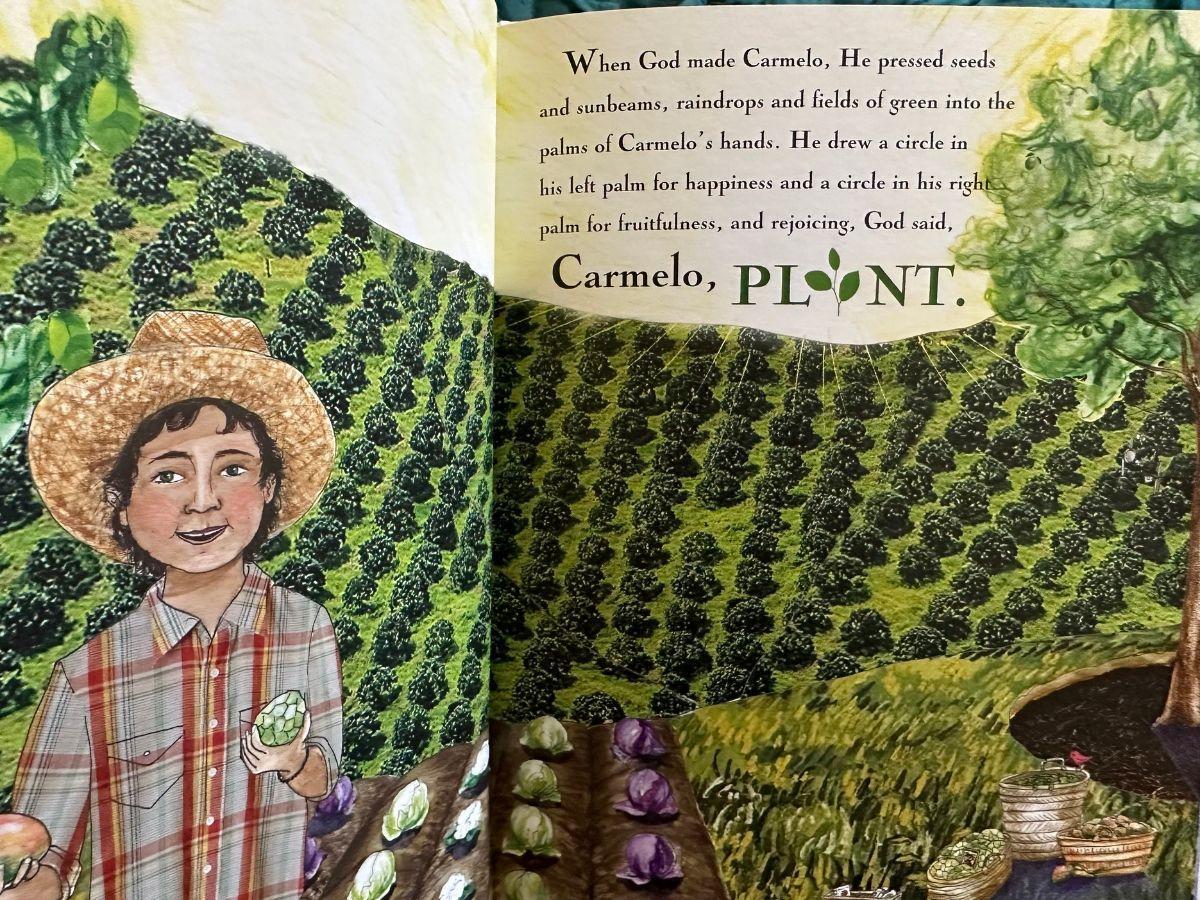
20. When God Made You by Jane G. Meyer, illustrated by Megan Elizabeth Gilbert (Ancient Faith Publishing, 2016): This book explores the gifts God gives to each person and how the Christian community calls those gifts forth. It is a book about vocation. As a godparent, I tend to give this book to a child once I know them a bit, and when you read it, you will know why. My spouse and I have taken to utilizing the language and form of the book to write about each child to whom we have given this book: “When God made Juniper, God . . . .”
Editor’s Note: For books currently in print, the links on book titles go to their publishers’ websites. For books not available on publishers’ sites, the links on their titles go to Google Books.
Images provided by the author, Angela Compton-Nelson
[ad_2]
Source link
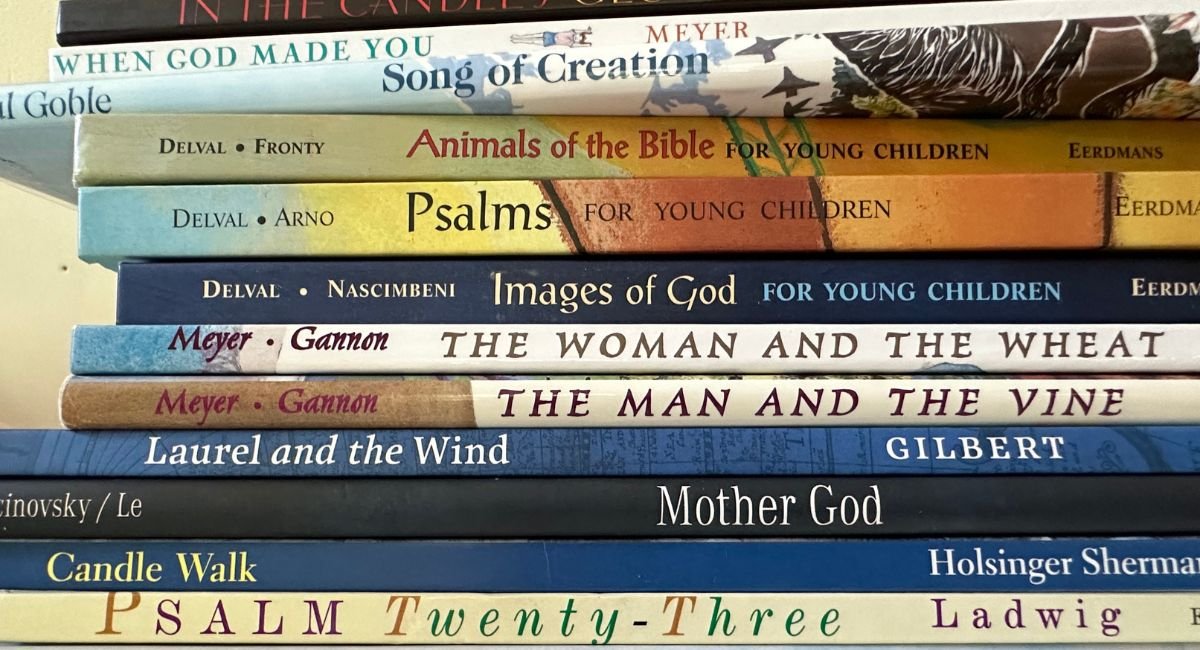

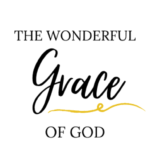




You must be logged in to post a comment.